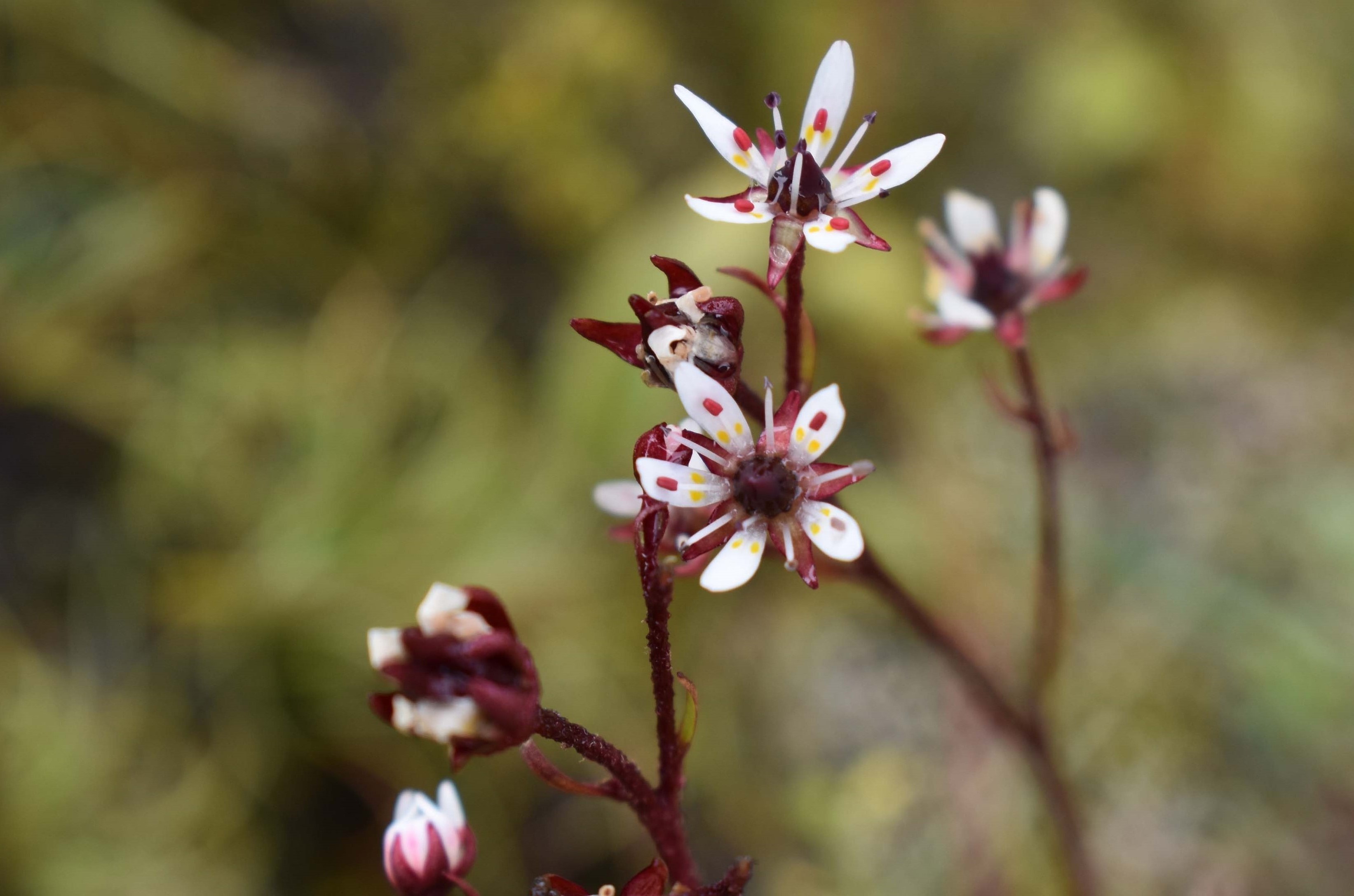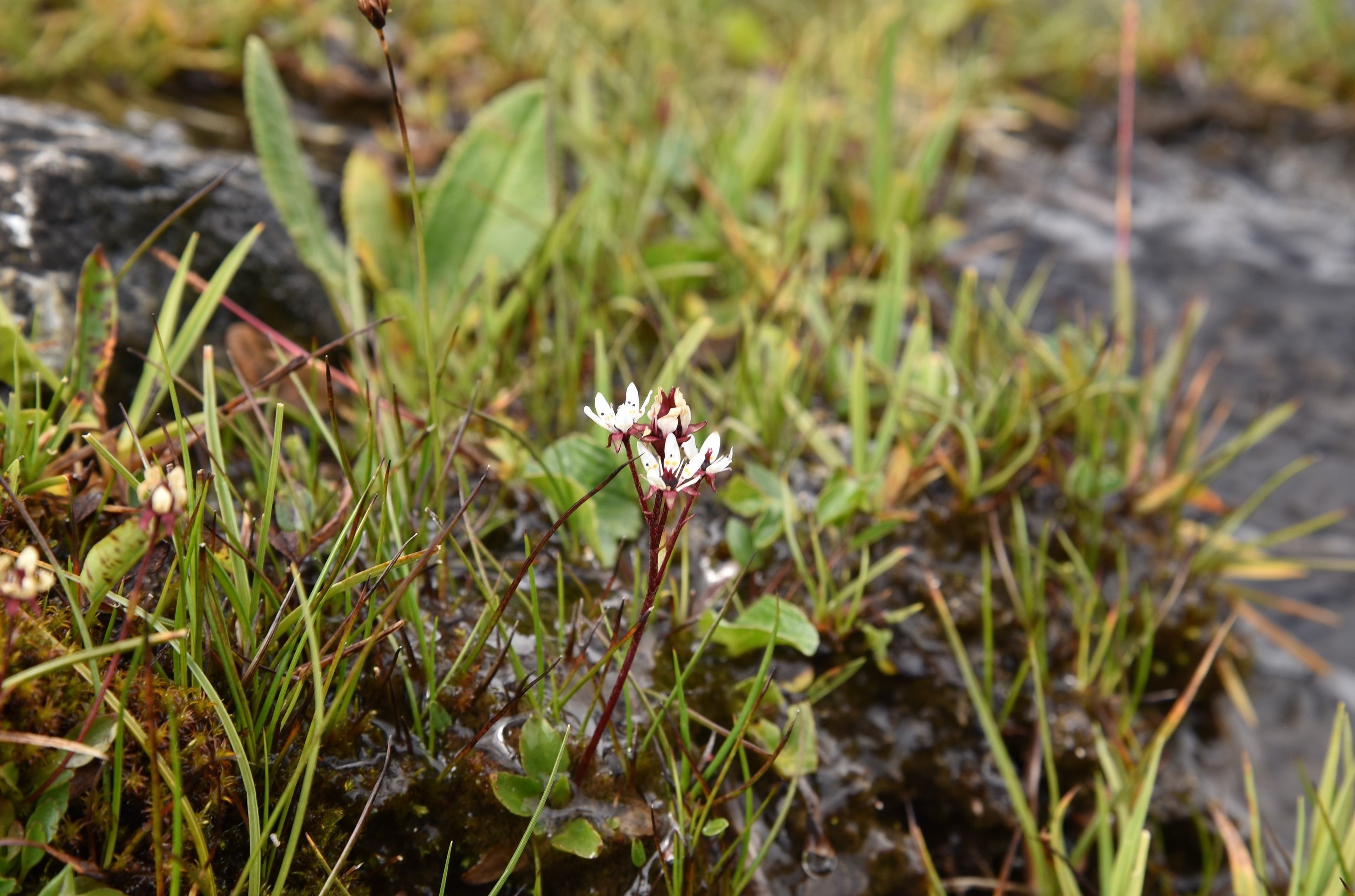1Faculty of Traditional Medicine, Khesar Gyalpo University of Medical Sciences of Bhutan, Thimphu, Bhutan
Corresponding author: Jamyang Yeshi Dorji, Faculty of Traditional Medicine, Khesar Gyalpo University of Medical Sciences of Bhutan.
Email: jamyesdor@kgumsb.edu.bt
DOI: https://doi.org/10.47811/bsj.0015050829
In Sowa-Rigpa, there are four types of Tag-Ngu, each distinguished by the colour of its flowers. The yellow flower is known as Jamyang-Tag-Ngu (འཇམ་དབྱངས་རྟག་ངུ), the white flower as Chezig-Tag-Ngu (སྤྱན་གཟིགས་རྟག་ངུ), the blue flower as Chador-Tag-Ngu (ཕྱག་རྡོར་རྟག་ངུ), and the red flower as Tandin-Tag-Ngu (རྟ་མགྲིན་རྟག་ངུ). The term “Tag-Ngu” translates to “crying every day” in a Buddhist context. Despite their numerous medicinal properties, the small size of these plants often leads people to overlook them, resulting in missed opportunities for their therapeutic use. As a result, it is believed that the plants “cry” daily for the healing potential they are not utilized for [1].
Of the four, the stem of the Chenzig-Tag-Ngu, Micranthes pseudopallida (Engl. & Irmsch.) as shown in the Figure, measures 4 – 10 cm in height. The calyx is reddish, measuring 6 – 8 mm, while the petals are white ranging 6 – 10 mm in length and 3 – 5 mm in width. The styles and the ovary are reddish brown.

It grows approximately around 3950 – 4570 metres above sea level and grows along the alpine streams and open rocky banks, flowering from June to August. This plant is found in the northern regions of upper Mochu (Yale La and Lingzhi) and upper Kholong Chu (Mela) as well as in Sikkim [2]. The taste and post digestive taste of the plant are sweet, and has the cool, oily, and smooth potency. All the parts of the plants are used in the medicine [1].
All Tag-Ngus are beneficial for disorders related to blood and bile (Thripa) and are regarded as some of the best plants for promoting health and longevity. The Menjong Sorig Pharmaceuticals, a state-owned producer of traditional medicines, currently collects Jamyang Tag-Ngu only for use in medicine called Duetsi-6 [1].
 |
 |

Declarations
Ethics approval and consent to participate
Not applicable
Consent for publication
Not applicable
Competing interests
JYD is the editor of this journal. JYD was blinded from the peer review process of this article..
Funding
There was no funding for this article.
Availability of data materials
All public sources of data have been cited in this article.
Author contributions
Conceptualization, investigation, resources, photos, writing – original draft, writing – review and editing: JYD
Received: 21 October, 2024 Accepted: 31 October, 2024 Published online: 11 November, 2024
References
- Faculty of Traditional Medicine. Meteria Medica on High Altitude Medicine Plants of Bhutan. 1st Edition. Wangdi S, editor. Faculty of Traditional Medicine; 2019.
- Grierson A, Long D, Bates M. Flora of Bhutan. vol. 1, part 3. Edinburgh: Royal Botanic Garden Edinburgh; 1987.
